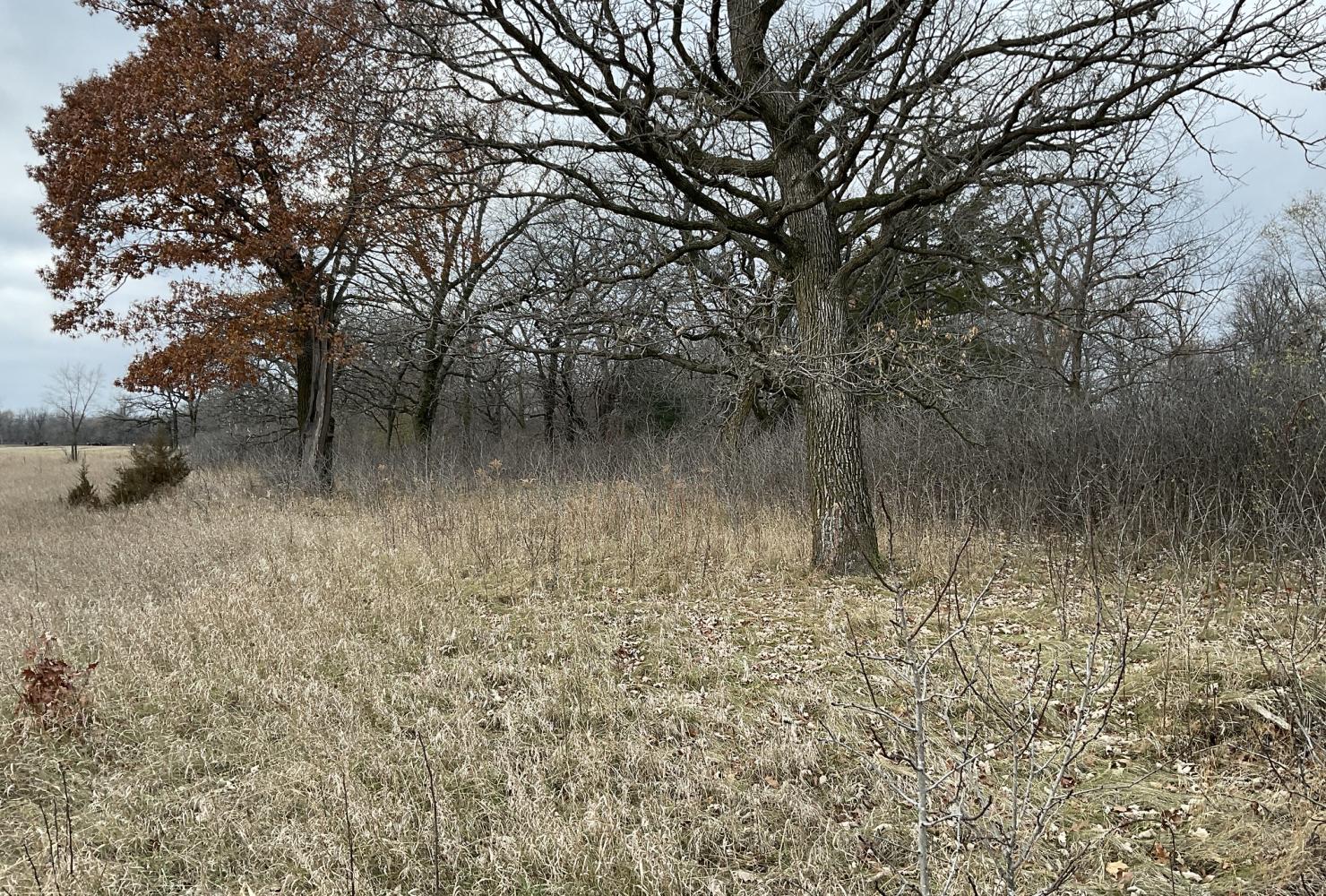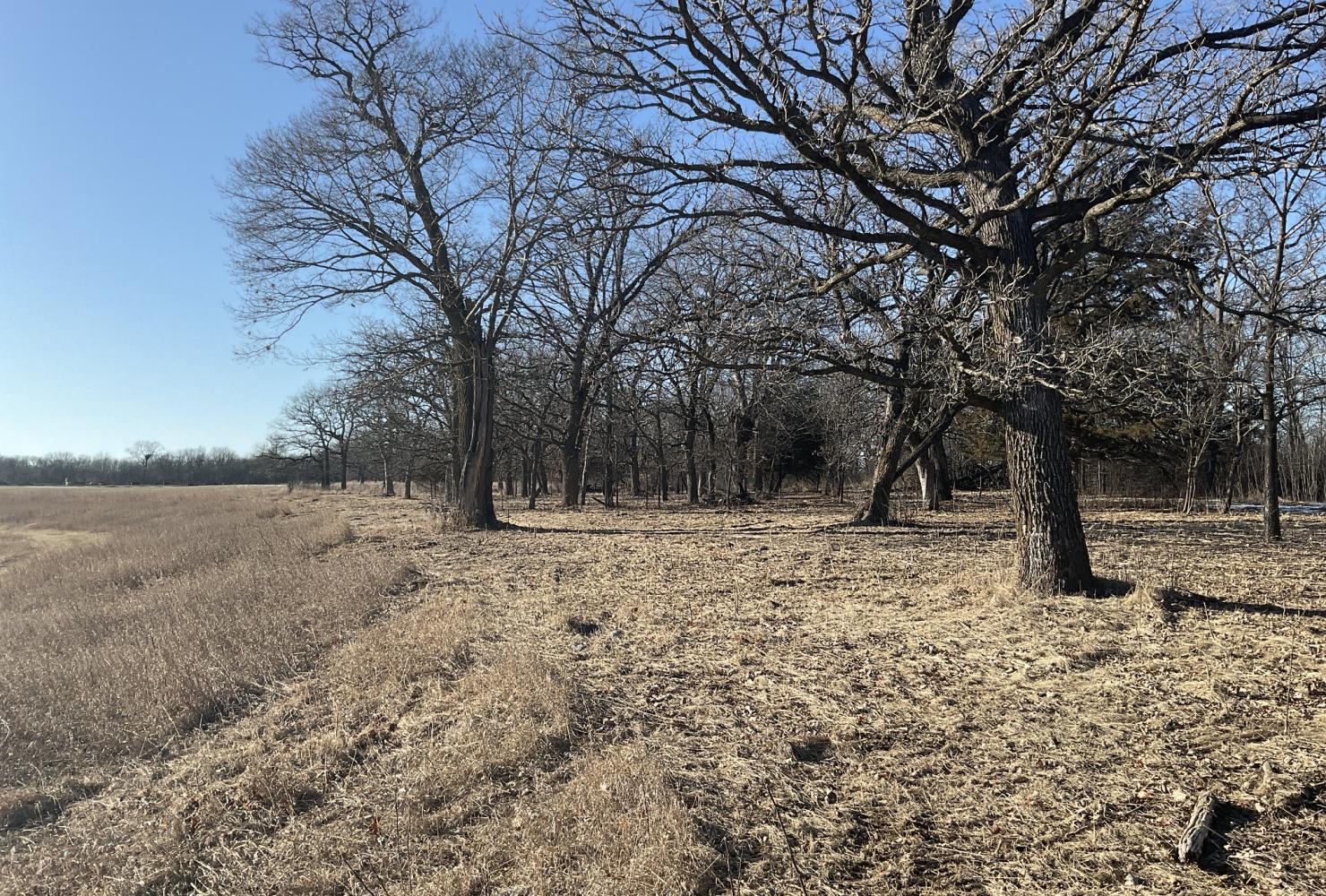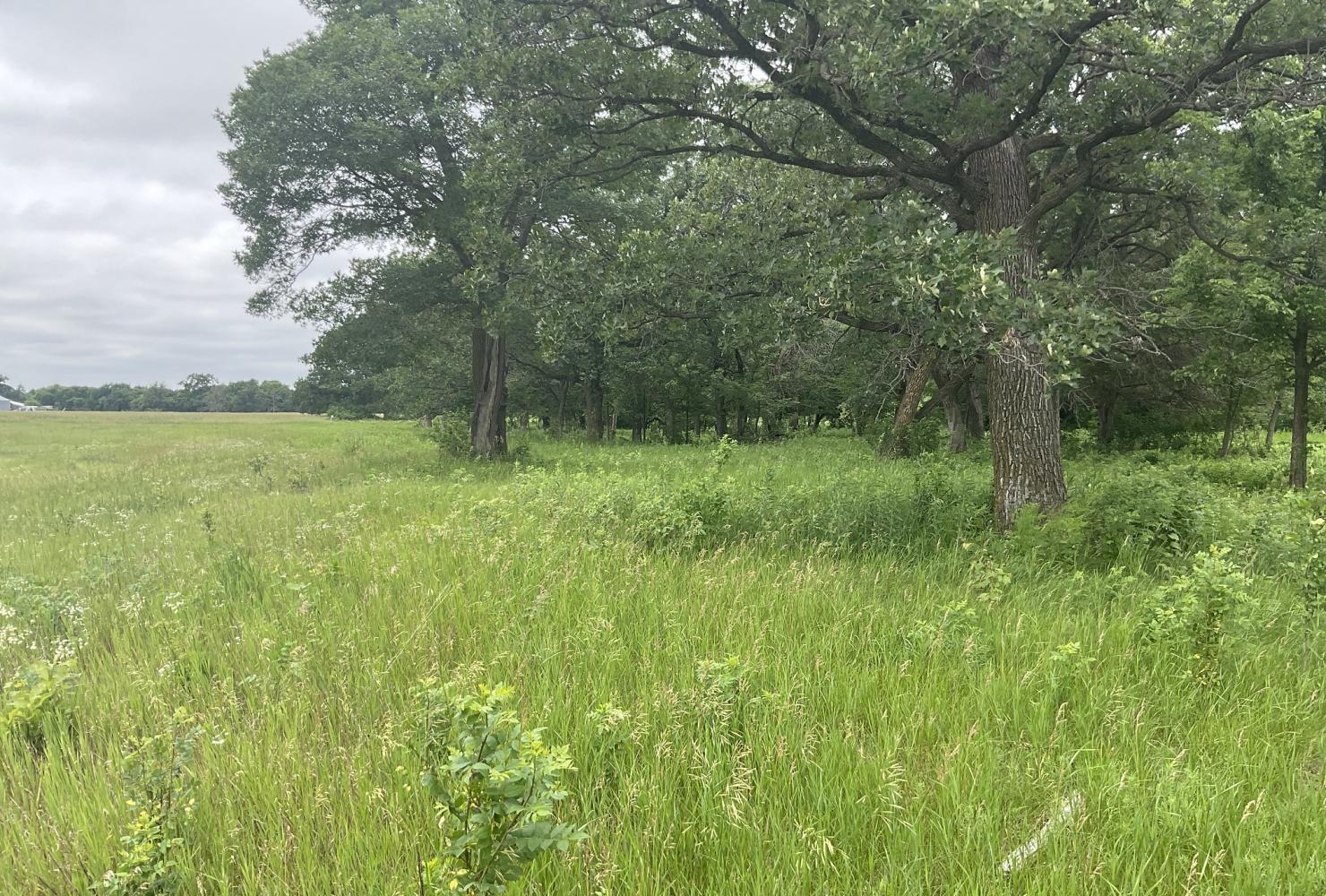Davis Farm Park
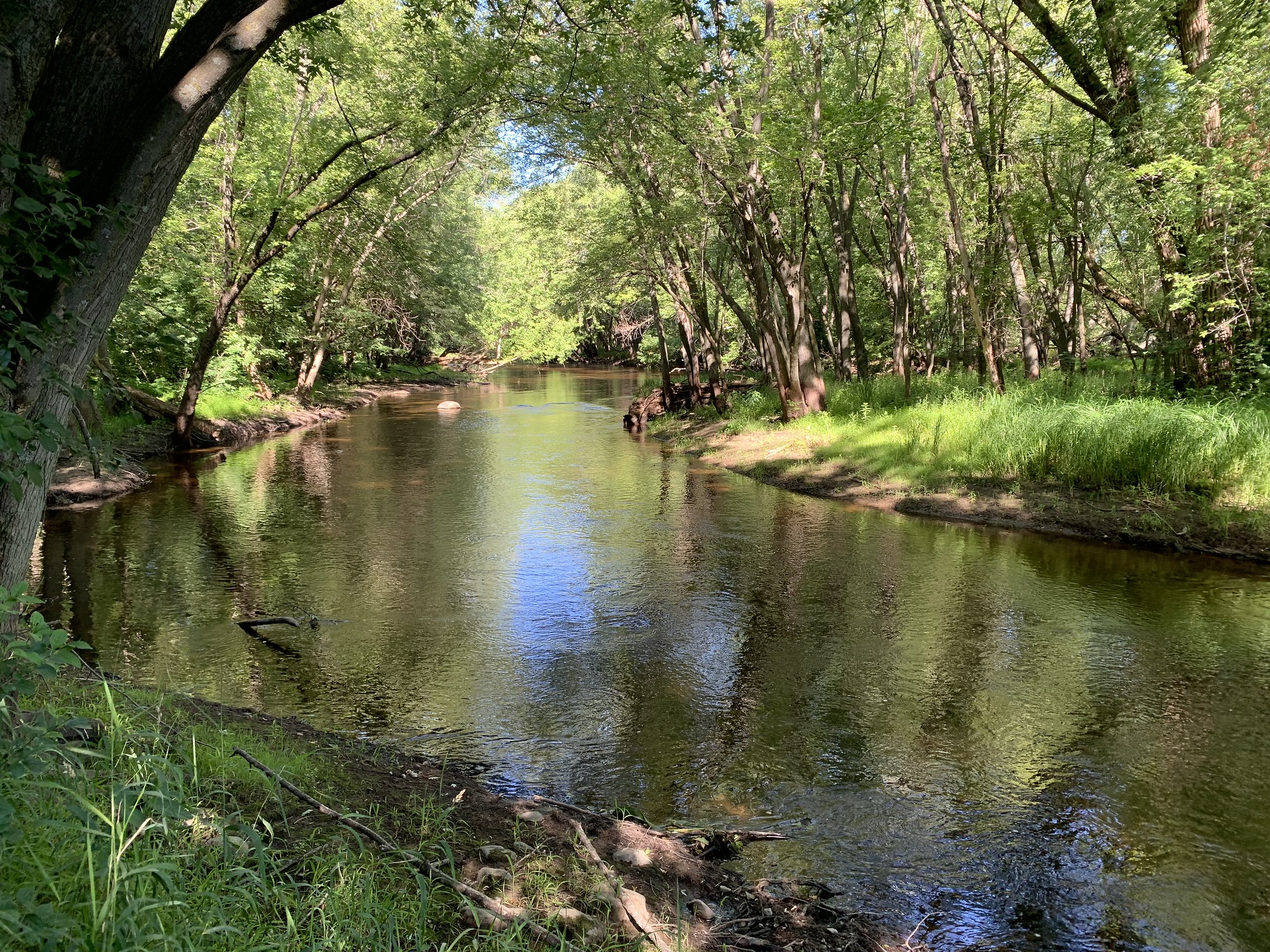
Located along the Mississippi River in Otsego, this 17-acre park is small but mighty and boasts six different habitat types that we began restoring in 2024.
Where is Davis Farm Park?
This City of Otsego park lies along a quarter-mile stretch of a Mississippi River backchannel in eastern Wright County, north of the Twin Cities. The park is across from one of the islands that make up the Mississippi River Islands Scientific and Natural Area, a string of riverine islands within a 7-mile stretch of the Mississippi.
Davis Farm Park is FMR's first project site in Otsego and Wright County, but the park is just 2 miles upstream from our restorations at William H. Houlton Conservation Area and Bailey Point Nature Preserve in Elk River. The proximity of these natural areas creates a vital habitat corridor on the Mississippi and Elk Rivers supporting wood ducks, hooded mergansers, red-headed woodpeckers, great horned owls, bald eagles, mink, otter and many other species.
The public is welcome to visit Davis Farm Park. (See the City of Otsego's website for more info.)
Our work here takes place on Indigenous homelands. Learn more.
What's special about Davis Farm Park?
Although Davis Farm Park is only 17 acres in size, the diversity of habitats make this small space valuable to wildlife, water quality and humans seeking to enjoy nature. The northern edge of the park is a wide floodplain forest that stores floodwaters from the Mississippi and creates a dynamic habitat for wildlife, especially waterfowl, seeking water. The flat terrace forest above the river's floodplain also offers people a safe way to be near the river and observe great blue herons, kingfishers and beaver using the river for food and shelter. FMR ecologists have even witnessed white-tailed deer swimming across the river at the park.
Because the Mississippi's flow creates fluctuating water levels in the floodplain forest, this area of the park hosts some unique plants like monkey flower and green bulrush, which tolerate saturated soil in the spring and drier conditions in the late summer and fall. These adaptable plants also stabilize soil during high water and filter nutrients carried in floodwater.
An expansive forest and woodland occupy the upland slope facing the river, and at the southern edge of the park sits a remnant oak savanna and grassland. The oaks in the savanna are likely 100-150 years old and display wide-spreading crowns that grew without the competition of other trees suppressed by fire.
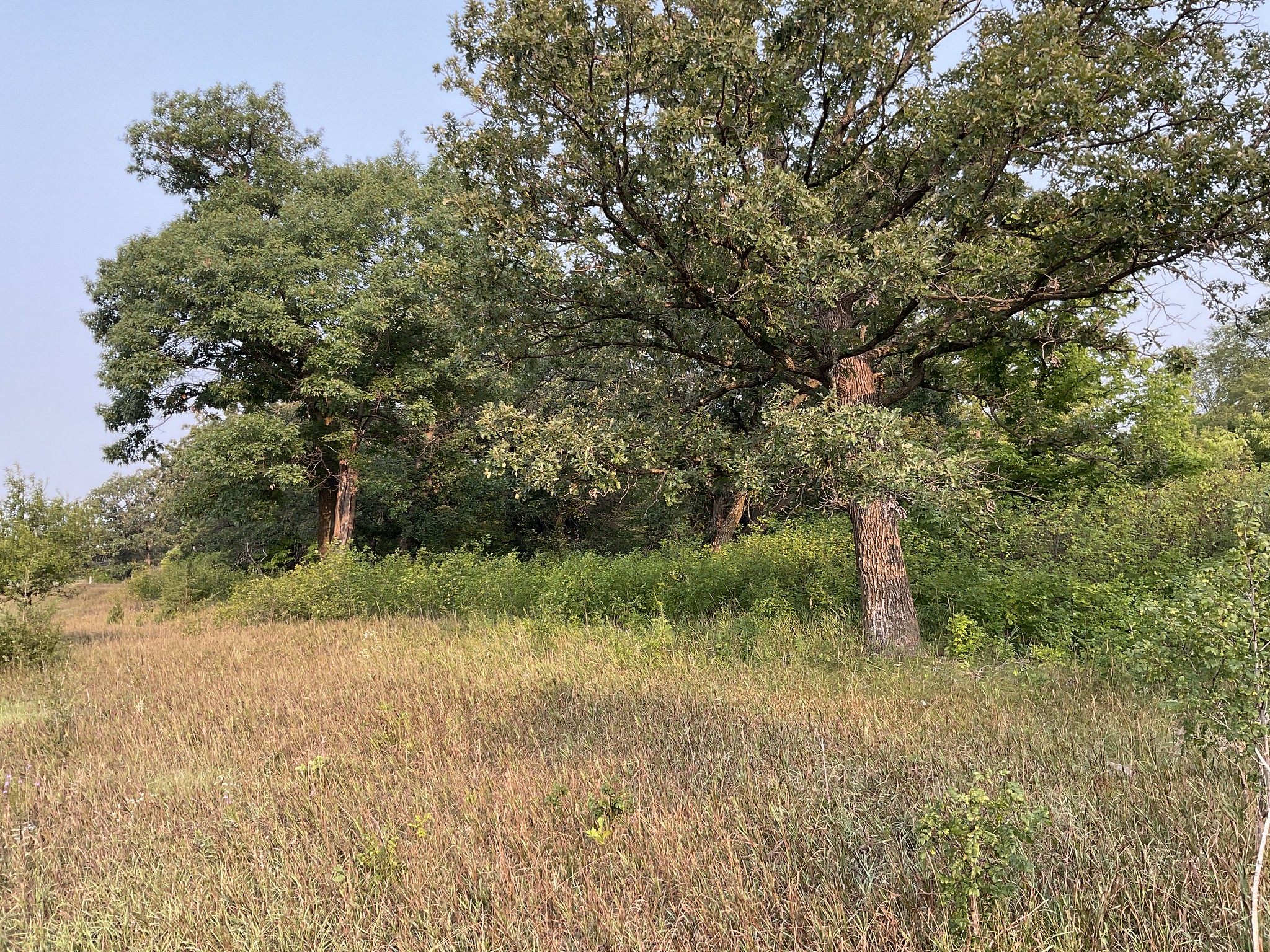
Bur oaks over a century old are vestiges of the oak savannas that once lined the Mississippi River corridor. We're working to restore this oak savanna at Davis Farm Park.
Our work at Davis Farm Park
Davis Farm Park has a history of cultivation and grazing which altered the plant communities and hydrology of the land. Although some native plant communities persist at the site, they don't represent a full composite of plant species typically found in the forests and prairies of Minnesota. We're working to change that. After City of Otsego Parks staff introduced us to Davis Farm Park, we sought funding to write a natural resources management plan and begin early habitat restoration.
Through our early vegetation surveys, we found that some parts of the park had been degraded by the invasive shrub common buckthorn. We also noted that the oak savanna is losing habitat integrity from a dense shrub layer of prickly ash. Although prickly ash is a native species, it can become aggressive and dense where fire has been suppressed. Woody species have also spread into the grassland, which is lacking native species diversity, especially wildflowers. Our management plan recommends reduction of these woody plants, the reintroduction of fire through prescribed burning and supplemental seeding of native plants, and we'll be implementing this work through 2027.
These actions will return more robust and resilient plant communities to the park so that it can better support wildlife and pollinators. We hope to engage the community in these restoration efforts and expand stewardship in this part of the Mississippi watershed.
Find out more and get involved
- Volunteer with us to restore places like this.
- Learn more about the cottonwoods of our floodplains check out other prairie wonderlands.
- Contact FMR project lead Laura Domyancich-Lee.
Partners and funders for our work at Davis Farm Park
This work was made possible by the City of Otsego, the Lessard-Sams Outdoor Heritage Fund, the Wright County Health and Human Services, and by our generous volunteers and donors like you!
Where we work
FMR maintains over three dozen habitat restoration and land protection sites in the metro area.
